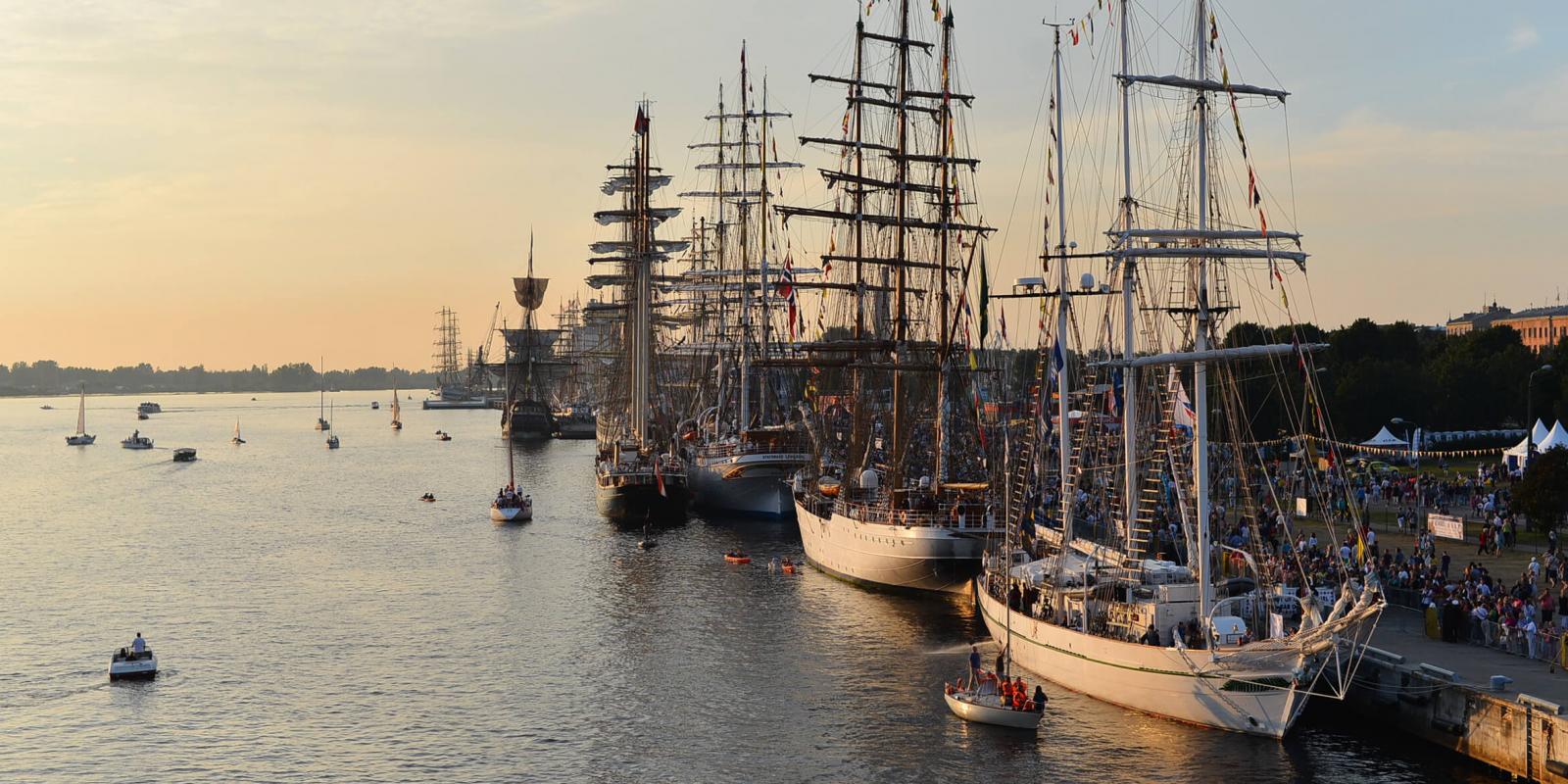About us
Vast territories

Historical data compiled by Riga Municipality shows that during the pre-war period port of Riga occupied a considerably longer coastline than today - it started already at the Dole Island, continued at Ķengarags, covered the embankment of the Old Town and stretched up to the Daugava estuary. From the present Ķengarags to the Railway Bridge the shore was mostly crowded with rafts. Around 10-15 thousand rafts floated downstream every year on the river Daugava. They were used to transport logs, which then had to be sorted and recycled in sawmills to be shipped across Europe.
The small fleet - boats and small boats - used Daugavmala from Spīķeri district to the Railway Bridge as a berth. They mainly transport firewood, food and hay for the local market.
The larger fleet - the merchant ships of other European countries, as well as tugboats used for passenger transport and pilot work - moored from the Railway Bridge to the Old Town.
In their turn, the customs warehouses were located from the current Vanšu Bridge to the Passenger port. Mostly, sawn timber and herring barrels were stored there. Slightly lower down the river, there was a winter harbour for small ships, as well as a berth for receiving and storing grain.
Passenger boats operated within and outside the city. They landed in the present Akmens Bridge neighbourhood and cruised the rivers Daugava and Lielupe.

